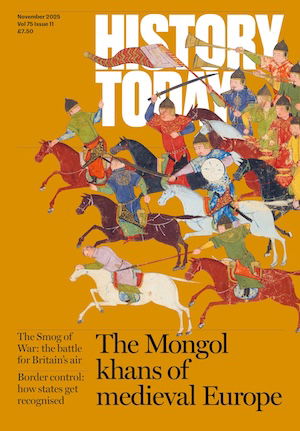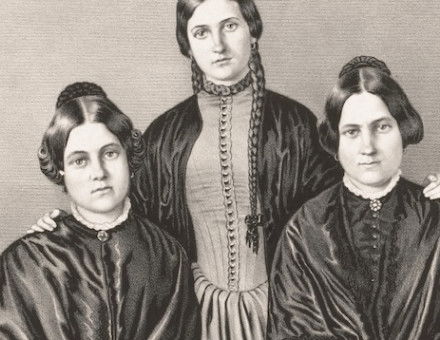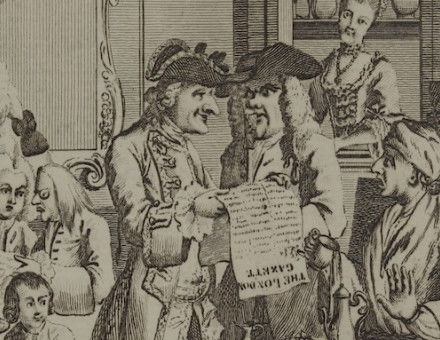Barriers to the Truth
The historian’s desire for certainty is hard to square with the fragility of sources and their constant reworking by the profession. Casting a cold eye on the remaining evidence relating to the deaths of Edward II and Richard II, Ian Mortimer plots a way forward for his discipline.
Dealing with historical evidence is a complicated business. Surviving artefacts, monuments and texts are the historian’s principal means of discovering the past. Yet often they are partial, incomplete, flawed, fraudulent, damaged and prone to the selectiveness of past generations. They keep changing, are adapted for modern usage, or simply become more fragile and faded. A crumbling castle taken into government care does not remain the same: the ivy on the walls is stripped away, loose stones are cemented into place and safety barriers are erected. The restoration of the French medieval city of Carcassone is a classic example, owing more to the concerns of the 19th century than to those of the Middle Ages. Our heritage is essential to our view of the past, but it is deeply unsatisfactory as historical evidence.





